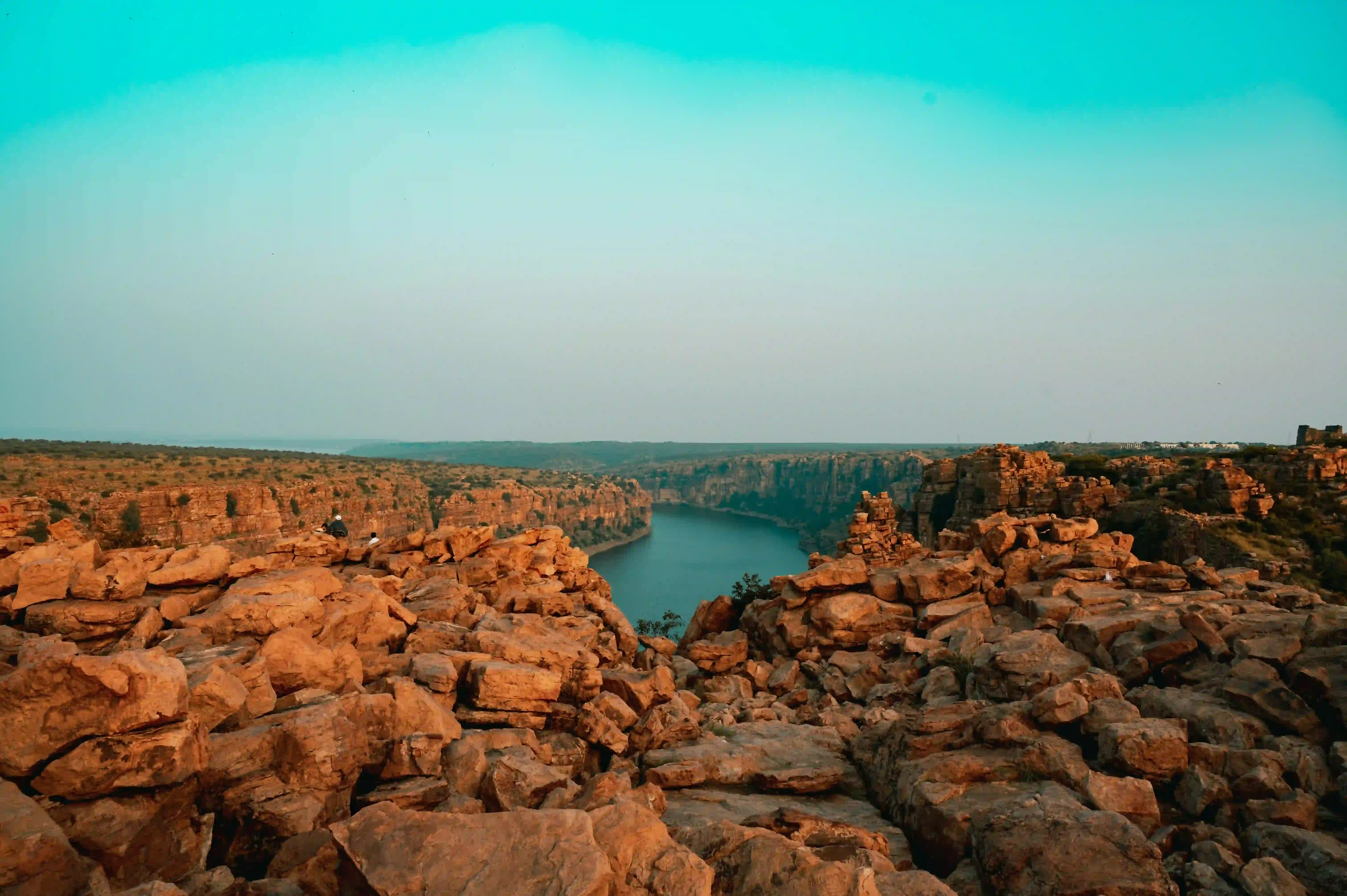Pilak stands as a remarkable archaeological testament nestled in the Belonia subdivision of South Tripura, representing a profound intersection of cultural and religious narratives from the 8th to 12th centuries. This extraordinary site captures the intricate tapestry of human civilization, where Hinduism and Buddhism coexisted in remarkable harmony, leaving behind an indelible archaeological legacy that speaks volumes about the region's rich historical landscape.
The archaeological significance of Pilak extends far beyond its geographical boundaries, situated strategically at the tri-junction of East Bengal, Tripura, and Arakan. Its rock-cut images and terracotta plaques provide an extraordinary window into the sculptural traditions of the Palas, Guptas, and local artistic traditions. These artifacts are not merely historical remnants but complex narratives etched in stone and clay, revealing the sophisticated cultural exchanges that defined this region during medieval periods.
Architectural diversity defines Pilak's landscape, with significant locations like Shyam Sundar Tilla, Deb Bari, Thakurani Tilla, Blair Pathar, and Basudeb Bari each contributing unique sculptural and architectural elements. The sandstone sculptures found here reflect a nuanced artistic dialogue between different cultural influences, demonstrating the region's remarkable ability to synthesize diverse artistic traditions into a cohesive visual language.
The socio-political context of Pilak is equally fascinating, embedded within the complex dynastic histories of Eastern Bengal and Samatata. Multiple rulers following different religious traditions—some Buddhist, others Hindu—shaped this region's cultural narrative. The proximity to Comilla, where the ancient kingdom of Pattikera once flourished, further underscores Pilak's strategic and cultural significance.
Archaeological research has been instrumental in uncovering Pilak's hidden narratives. The Archaeological Survey of India, custodian of the site since 1999, has been systematically exploring and preserving its rich heritage. Scholars like the late Ratna Das have contributed significantly to understanding the site's cultural complexity, bringing scholarly attention to this remarkable archaeological treasure.
The peaceful coexistence of religious traditions is perhaps Pilak's most compelling narrative. Here, Hindu and Buddhist sculptural traditions intertwine seamlessly, creating a unique cultural landscape that challenges simplistic historical narratives. The terracotta plaques and rock-cut images serve as tangible evidence of a sophisticated society that valued cultural dialogue and artistic expression.
Modern conservation efforts have transformed Pilak from a forgotten archaeological site to an emerging historical tourism destination. The Tripura government's strategic development of a historical tourism circuit connecting Pilak with Udaipur and Chhabimura represents a progressive approach to heritage preservation. This initiative not only protects historical sites but also creates economic opportunities for local communities while generating global interest in the region's rich cultural heritage.






